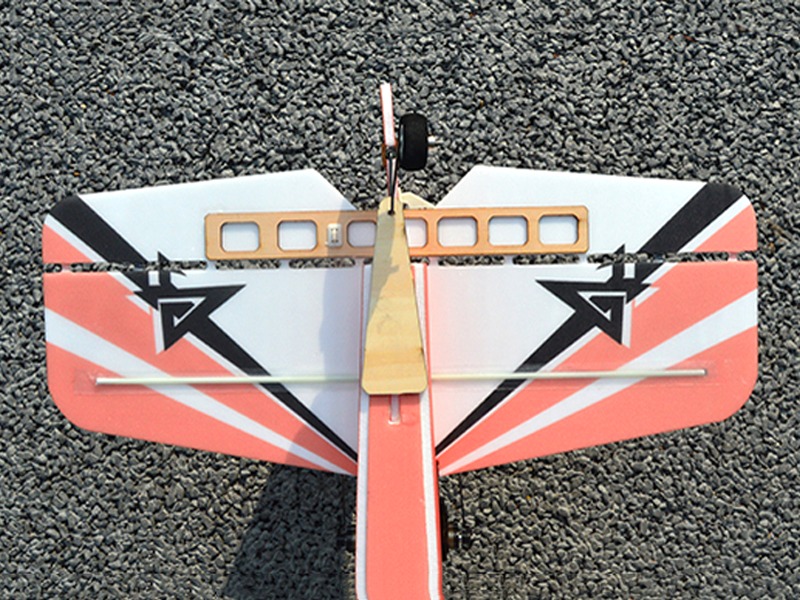How many servos does a RC plane need?

A radio-controlled (RC) plane typically requires at least three servos to operate. These servos are responsible for controlling the plane’s ailerons, elevator, and rudder. Depending on the type of plane, additional servos may be needed to operate flaps, spoilers, and retractable landing gear.
The aileron servo is responsible for controlling the plane’s roll, or side-to-side movement. This servo is typically mounted on the outermost edge of the wing, and is connected to the control surface by a pushrod. When the pilot moves the control stick, the servo moves the ailerons up or down, causing the plane to roll.
The elevator servo is responsible for controlling the plane’s pitch, or up-and-down movement. This servo is typically mounted near the tail of the plane, and is connected to the control surface by a pushrod. When the pilot moves the control stick, the servo moves the elevator up or down, causing the plane to pitch.
The rudder servo is responsible for controlling the plane’s yaw, or left-and-right movement. This servo is typically mounted near the tail of the plane, and is connected to the control surface by a pushrod. When the pilot moves the control stick, the servo moves the rudder left or right, causing the plane to yaw.
In addition to the three primary servos, some RC planes may require additional servos to operate flaps, spoilers, and retractable landing gear. Flaps are typically used to increase lift, and are controlled by a servo mounted near the trailing edge of the wing. Spoilers are typically used to reduce lift, and are controlled by a servo mounted near the leading edge of the wing. Retractable landing gear is typically controlled by a servo mounted near the fuselage.
In summary, a radio-controlled plane typically requires at least three servos to operate: one for the ailerons, one for the elevator, and one for the rudder. Depending on the type of plane, additional servos may be needed to operate flaps, spoilers, and retractable landing gear.
Comments / Question
2. Increased flight stability: Using more servos can help to improve the stability of the plane, particularly in the case of larger planes where the extra servos can help to counteract the effects of wind.
3. Increased power: Having more servos gives you more power, allowing you to use more advanced maneuvers, such as inverted flying, rolls and loops.
4. Increased speed: Using more servos gives your plane more power, allowing it to reach higher speeds than with fewer servos.
5. Increased precision: Having more servos allows for more precise control, allowing for more accurate and complex flight maneuvers.

